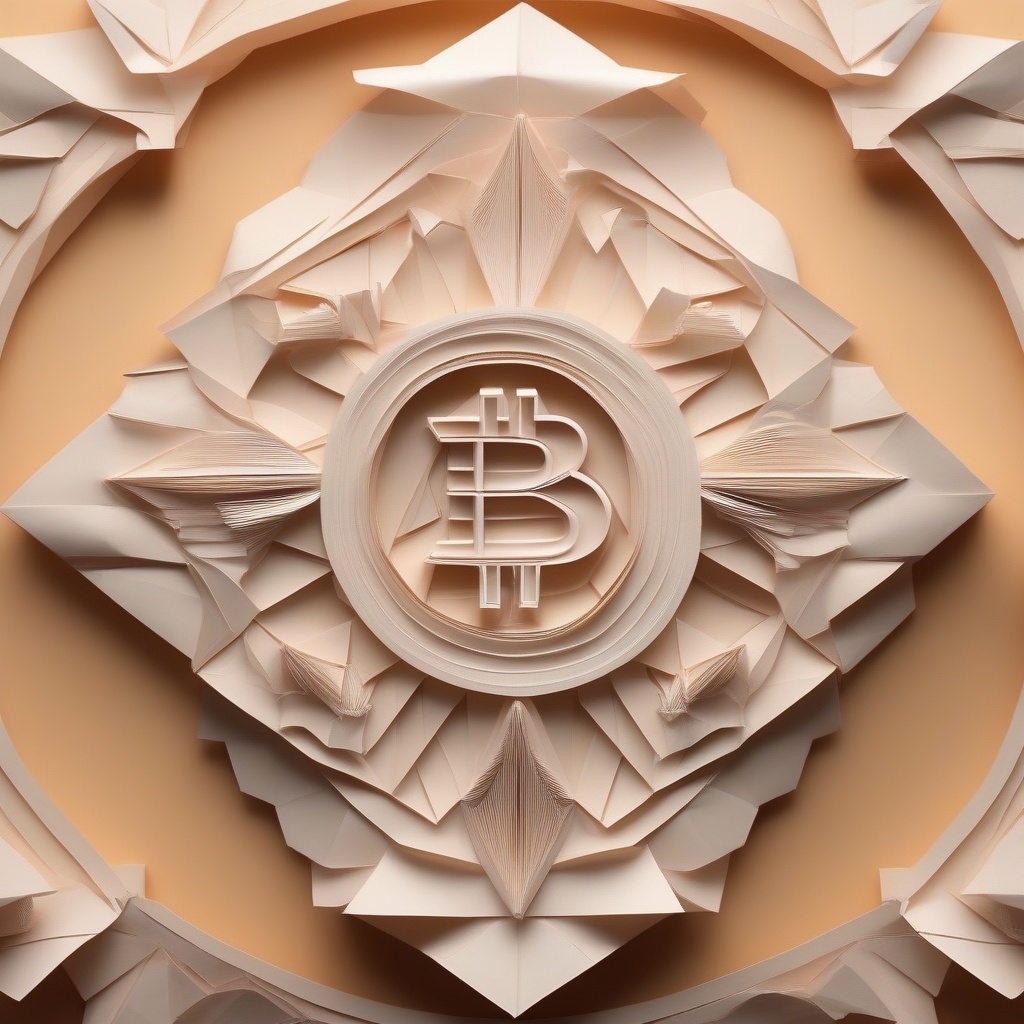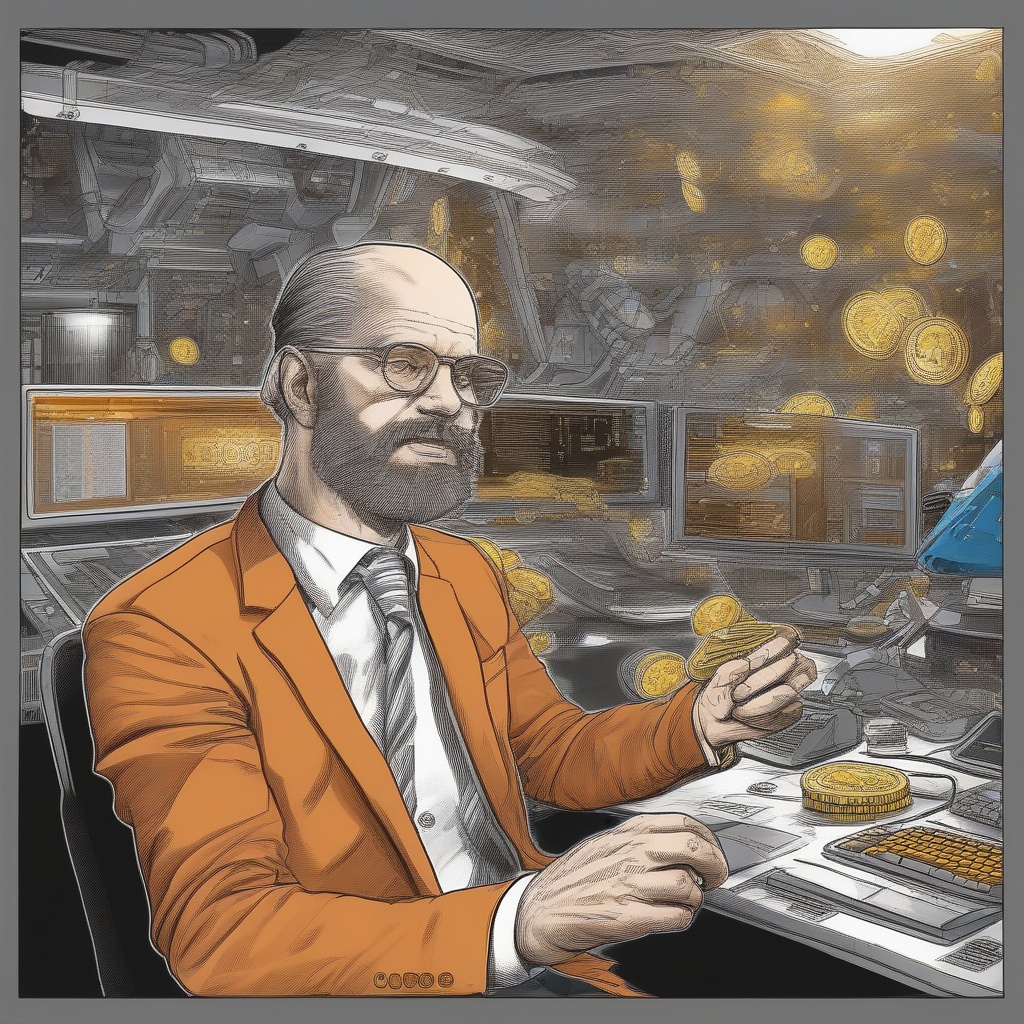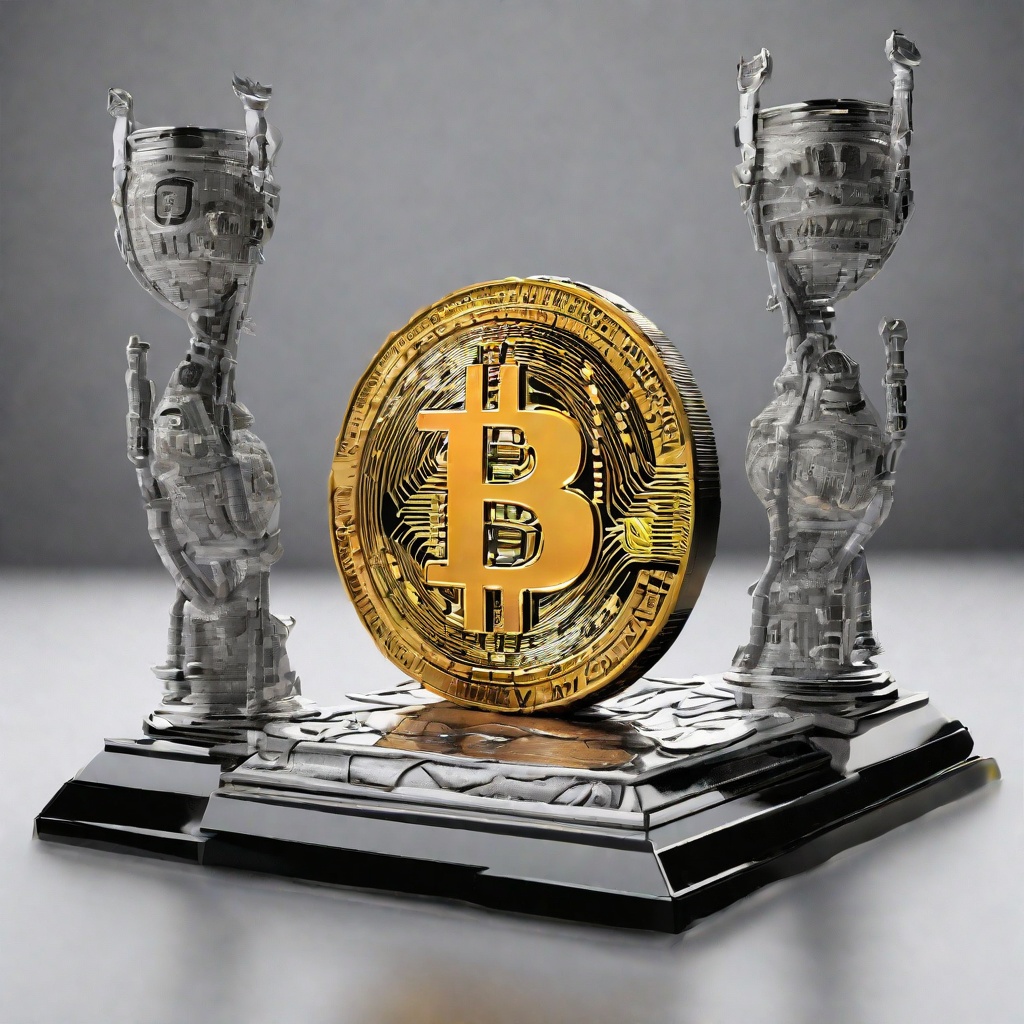What is the difference between token and Stablecoin?
Could you please explain the fundamental differences between a token and a stablecoin in the world of cryptocurrency? I understand that both play significant roles, but I'm having trouble grasping the nuances that set them apart. Are tokens purely speculative in nature, while stablecoins aim for stability through being pegged to a tangible asset? If so, how do these distinct characteristics affect their usage, adoption, and potential risks for investors? I'm eager to learn more about how they differ and the implications these differences have in the broader cryptocurrency ecosystem.

What is the difference between MakerDAO and liquity?
Could you please elaborate on the fundamental differences between MakerDAO and Liquity? Both seem to be decentralized lending protocols, but I'm curious about the nuances that distinguish them. For instance, how do their collateralization requirements differ? Are there any notable distinctions in their governance structures or the tokens they issue? I'm interested in understanding the pros and cons of each platform, as well as their potential use cases.

What is the difference between monetary exchange and barter?
Excuse me, could you elaborate on the fundamental distinction between monetary exchange and barter? As I understand, both involve the exchange of goods or services, but what sets them apart from each other? Does monetary exchange necessarily involve the use of currency, while barter is more direct, without an intermediary like money? Are there any modern examples where barter is still prevalent, or has monetary exchange completely overtaken it in today's economy? I'm genuinely curious to know the nuances and the implications of this distinction.

What is the difference between monero and secret network?
Could you please elaborate on the key differences between Monero and Secret Network? How do they differ in terms of their underlying technology, privacy features, and potential use cases? Are there any notable advantages or disadvantages of each platform that investors should be aware of? Additionally, how do they compare in terms of adoption, market capitalization, and community support?

Why is the blue dollar rate different from the official exchange rate?
Could you elaborate on why the blue dollar rate differs significantly from the official exchange rate? Is this discrepancy a result of market forces, such as supply and demand, or is it due to government intervention or manipulation? How does this discrepancy impact the everyday lives of individuals and businesses operating in the region? Furthermore, what measures are being taken to address this disparity and ensure a more stable and predictable exchange rate?

